Jacques Cousteau: A Life Beneath the Waves
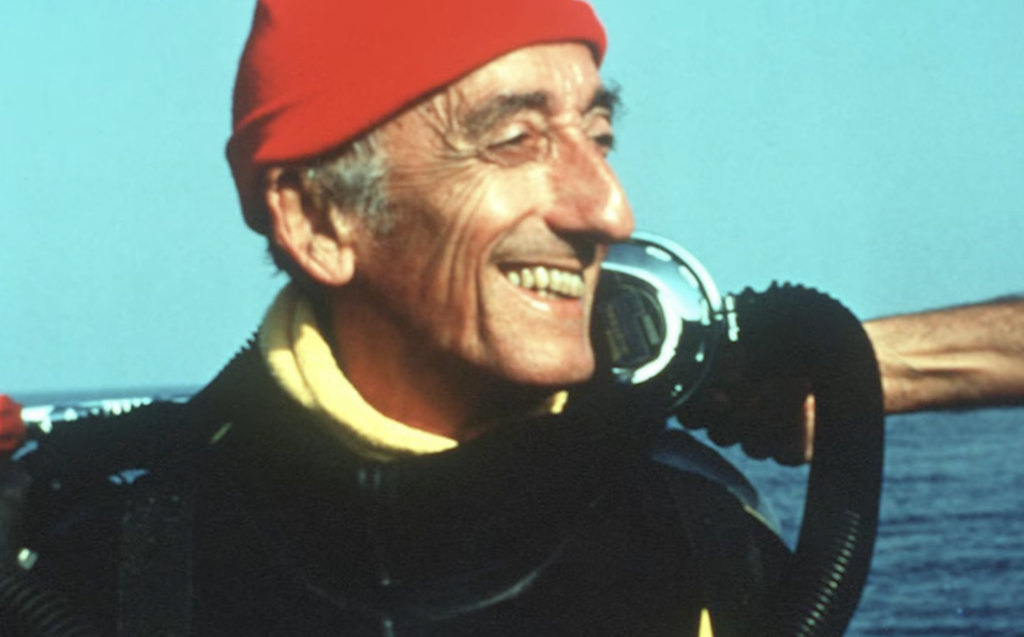
Jacques Cousteau was not just an explorer; he was a visionary whose life was dedicated to unveiling the mysteries of the ocean. Born in France in 1910, Cousteau transformed humanity’s understanding of marine environments through his innovative inventions, groundbreaking documentaries, and passionate advocacy for conservation. His pioneering spirit led to the development of scuba diving technology and the establishment of underwater habitats, allowing people to explore the depths of the sea like never before. Cousteau’s work inspired generations to appreciate and protect our planet’s oceans, making him an enduring symbol of marine exploration and environmental stewardship.
1. Who Was Jacques Cousteau?
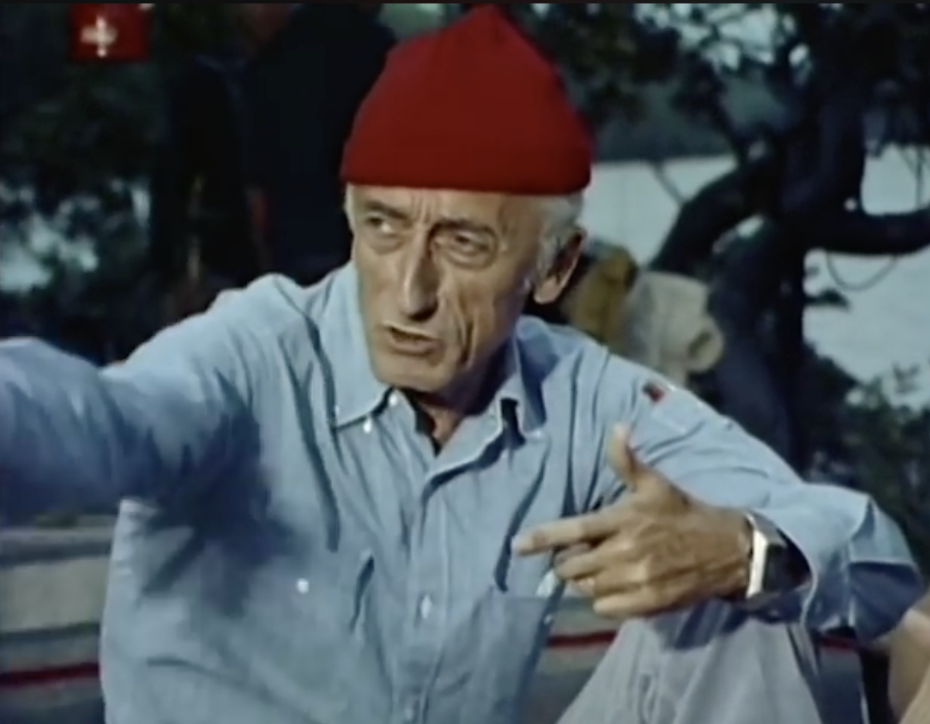
YouTube
Born on June 11, 1910, in Saint-André-de-Cubzac, France, Jacques-Yves Cousteau was fascinated by water from an early age. He learned to swim at four and developed an interest in filmmaking. After attending a French naval academy, he pursued a career as a naval officer. His dream of becoming a pilot ended abruptly in 1933 when a car accident left him with broken arms. During his recovery, he began swimming daily in the Mediterranean Sea—a decision that would change his life forever.
Cousteau’s early experiments with goggles revealed the vibrant underwater world, sparking his lifelong passion for ocean exploration. Though not formally trained as a scientist, his ingenuity and determination made him one of history’s greatest marine pioneers.
Fun Fact: Cousteau was nicknamed “Le Commandant” (The Commander) by his crew because of his leadership aboard Calypso. Source: Britannica Kids
2. The Start of His Underwater Journey
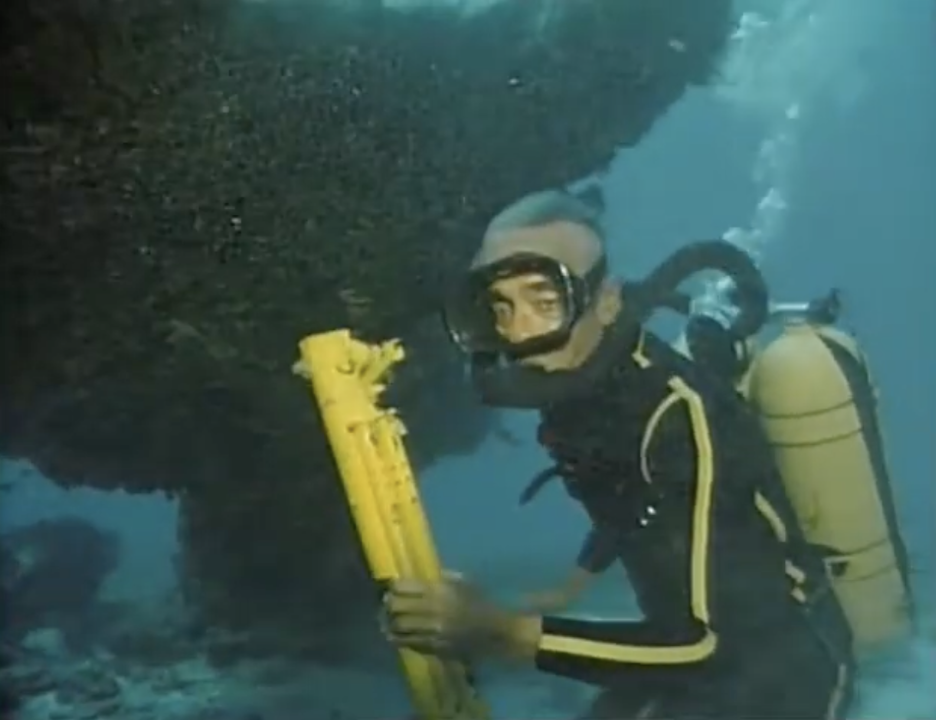
In 1936, Cousteau’s friend introduced him to swimming goggles that opened his eyes to the beauty beneath the waves. Fascinated by what he saw, he began free diving in the Mediterranean Sea. At that time, diving technology was primitive and restrictive, relying on cumbersome air hoses tethered to the surface.
World War II accelerated Cousteau’s innovations. In 1943, he partnered with engineer Émile Gagnan to develop the Aqua-Lung—the first self-contained underwater breathing apparatus (SCUBA). This invention allowed divers to move freely underwater for extended periods and marked the beginning of modern underwater exploration.
Fun Fact: The Aqua-Lung became commercially available in 1946 and popularized recreational diving worldwide. Sources: Wikipedia
3. The Birth of Scuba Diving

The Aqua-Lung represented a revolutionary breakthrough in diving technology. It utilized compressed air tanks and a demand regulator to supply air at ambient pressure, enabling divers to explore depths previously inaccessible. Before its invention, divers relied on bulky helmets or surface-supplied air hoses that limited mobility.
By 1950, the Aqua-Lung had transformed underwater exploration for scientists, photographers, and adventurers alike. Cousteau extensively used it during his expeditions to study coral reefs and shipwrecks.
Fun Fact: The term SCUBA (self-contained underwater breathing apparatus) became synonymous with this groundbreaking device. Sources: Engineering and Technology History Wiki
4. Inventing the Diving Suit
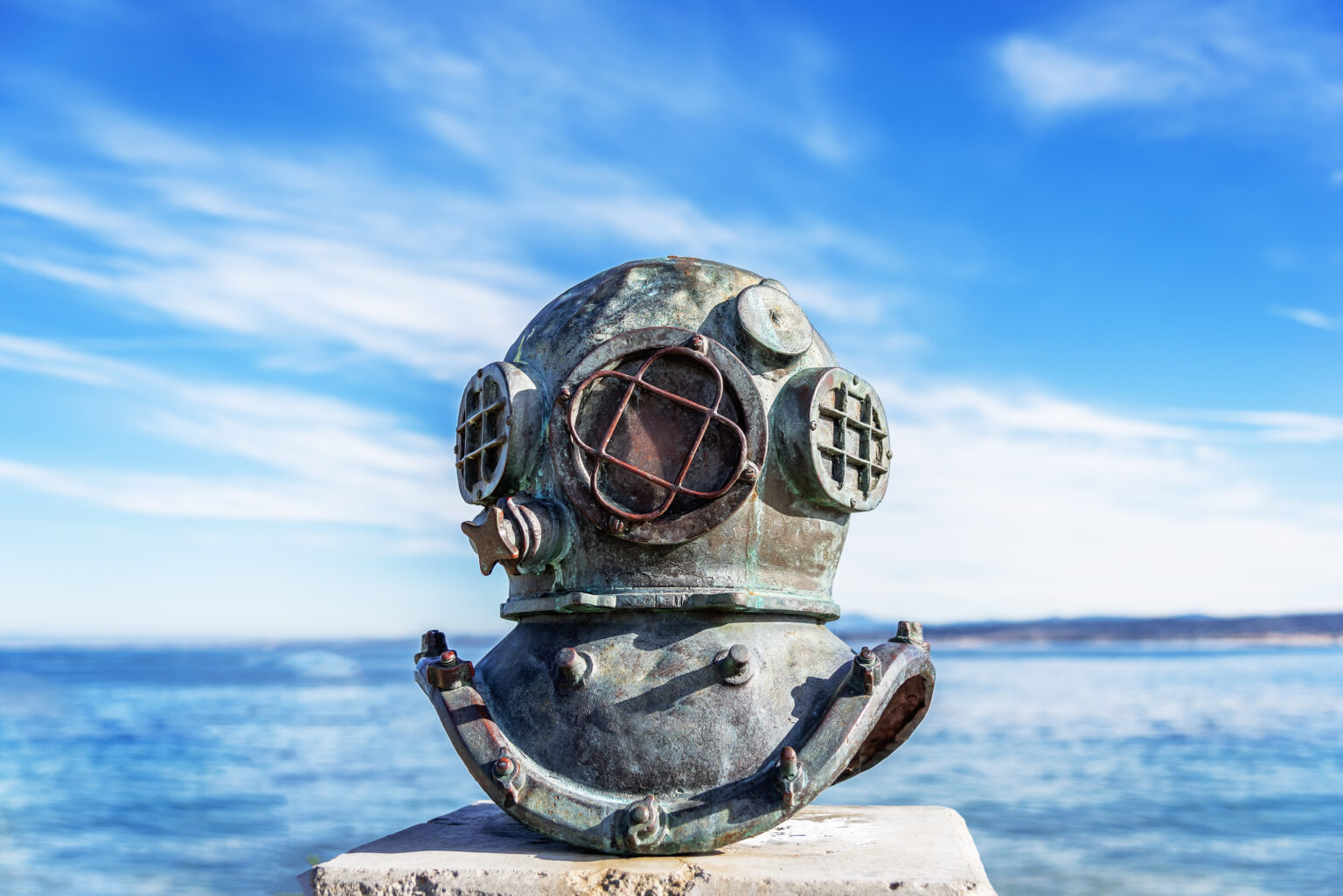
Before co-inventing the Aqua-Lung, Cousteau worked on improving early diving suits during the late 1930s and early 1940s. These suits featured surface-supplied air hoses but offered greater mobility than traditional hard-helmet designs.
Though limited by surface dependence, these experiments laid the foundation for Cousteau’s later breakthroughs in scuba technology. His relentless drive to innovate would soon revolutionize how humans interacted with the underwater world.
Fun Fact: Cousteau’s early diving suits were inspired by his fascination with Jules Verne’s Twenty Thousand Leagues Under the Sea
Cousteau’s relentless drive to innovate laid the groundwork for modern scuba technology. His experiments with diving suits were inspired by a desire to explore deeper waters with fewer restrictions—a vision that would later be realized through his work on self-contained breathing systems like the Aqua-Lung. These advancements not only revolutionized diving but also paved the way for underwater scientific research and filmmaking.
Fun Fact: Cousteau’s fascination with Jules Verne’s Twenty Thousand Leagues Under the Sea inspired many of his early designs! Sources: Britannica
5. The Calypso: A Floating Laboratory

In 1950, Cousteau acquired Calypso, an old British minesweeper converted into an oceanographic research vessel with funding from philanthropist Loël Guinness. Equipped with cutting-edge tools like mini-submarines and underwater cameras, Calypso became Cousteau’s mobile laboratory for exploring Earth’s oceans.
Over four decades aboard Calypso, he traveled more than 140,000 nautical miles—from documenting coral reefs in the Red Sea to capturing icy landscapes in Antarctica. The ship became an enduring symbol of ocean exploration.
Fun Fact: During the Suez Crisis in 1956, Calypso narrowly avoided sinking after striking an unmarked mine. Sources: UMSL
6. Filming The Silent World
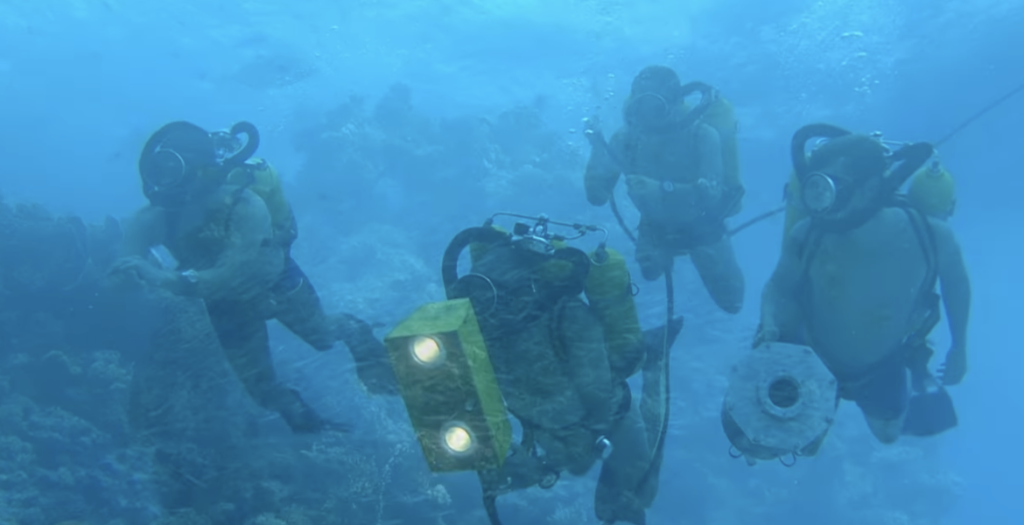
In 1956, Jacques made cinematic history with The Silent World, one of the first documentaries filmed in color underwater. Co-directed with Louis Malle aboard Calypso, it showcased dazzling coral reefs and dramatic encounters with marine life.
The film won both an Academy Award for Best Documentary Feature and the Palme d’Or at Cannes—the first documentary ever to receive this honor. Despite some criticism for its portrayal of marine life (including controversial use of explosives), it remains a landmark in environmental filmmaking.
Fun Fact: The film introduced millions to scuba diving during an era when few had ventured beneath the waves themselves. Sources: Biography
7. Ancient Shipwrecks and Sunken Treasures

In 1952, Cousteau led an expedition off France’s southern coast near Grand Congloué that revolutionized underwater archaeology. Using his Aqua-Lung, he explored two overlapping Roman shipwrecks filled with amphorae—ceramic vessels used for storing wine and olive oil.
These discoveries revealed intricate details about ancient Mediterranean trade routes while showcasing Cousteau’s meticulous scientific approach to preserving artifacts.
Fun Fact: The amphorae recovered from this site provided more insights into Roman commerce than decades of land-based archaeology. Sources: Wikipedia
8. Revolutionizing Underwater Filmmaking
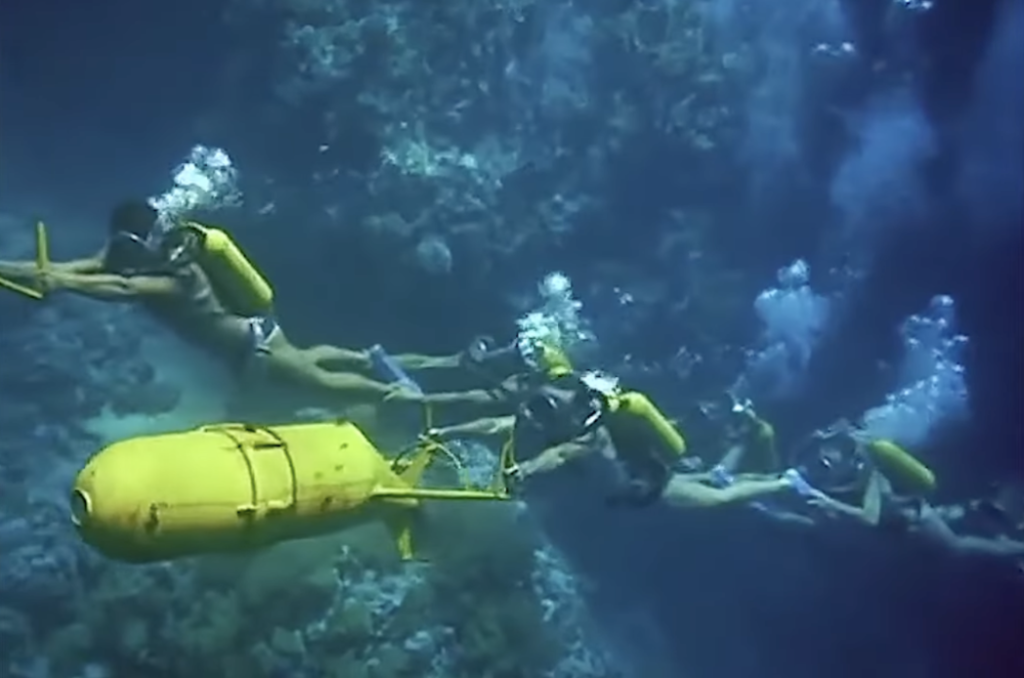
Cousteau wasn’t just an explorer—he was also an innovator in underwater cinematography. In 1963, he co-developed cameras like the Calypso-Phot that could withstand high pressure while capturing vivid colors at great depths.
These advancements allowed him to create visually stunning documentaries that brought ocean wonders into homes worldwide while raising awareness about marine conservation efforts crucial for protecting fragile ecosystems.
Fun Fact: Cousteau experimented with Eastman Color film stock because it was more sensitive to light than Kodachrome—perfect for deep-sea filming! Sources: Engineering and Technology History Wiki
9. The Undersea World of Jacques Cousteau
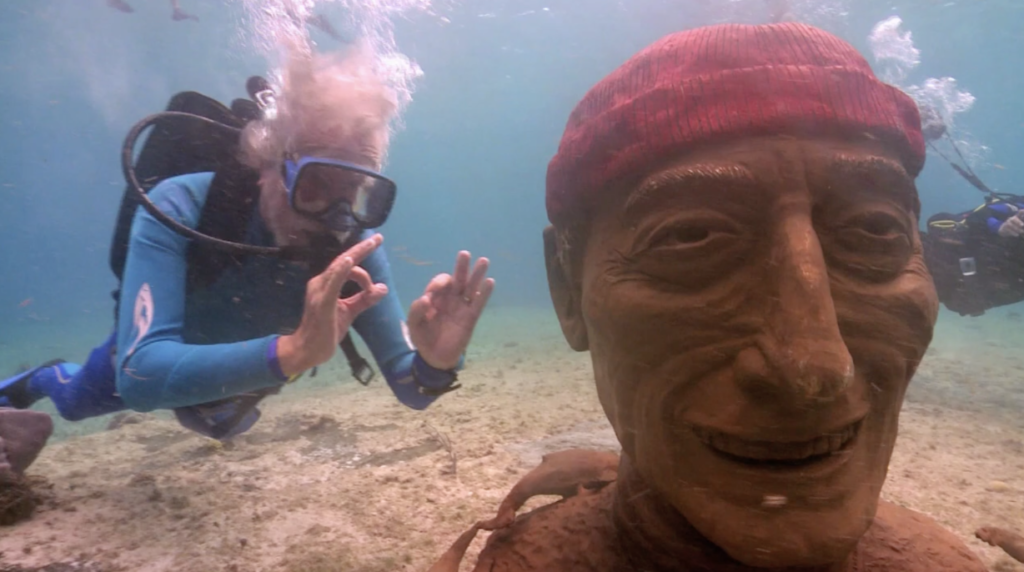
From 1968 to 1976, Cousteau captivated millions with his groundbreaking TV series The Undersea World of Jacques Cousteau. Narrated by Cousteau himself (and Rod Serling in English versions), each episode showcased breathtaking footage of marine life while educating viewers about ocean ecology.
The series inspired a generation of environmentalists while cementing Cousteau’s status as a household name across various cultures around the globe.
Fun Fact: Over its eight-year run, The Undersea World featured over two million feet of film shot during expeditions aboard Calypso! Sources: Britannica
10. The Diving Saucer
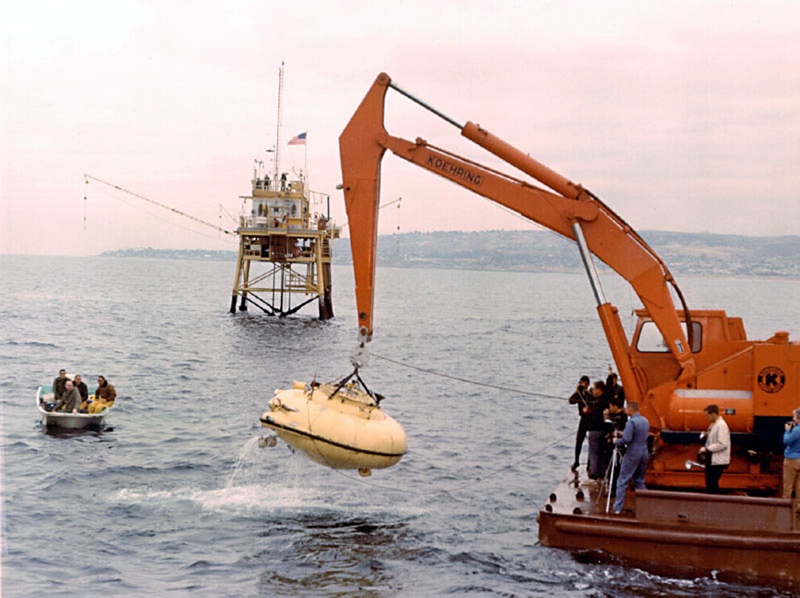
In 1959, Jacques co-designed the SP-350 Denise—affectionately called “The Diving Saucer”—with engineer Jean Mollard. This innovative two-person mini-submarine could dive to depths of 350 meters (1,150 feet), far beyond what scuba divers could achieve at the time.
Its compact size and maneuverability made it ideal for exploring coral reefs and shipwrecks alike. The Diving Saucer became integral to Calypso’s expeditions, allowing Cousteau to document marine life in previously unreachable environments.
Fun Fact: The SP-350 could be deployed directly from Calypso’s deck crane—making it one of the most advanced tools of its era! Sources: Engineering and Technology History Wiki
11. Listening to the Ocean’s Voice
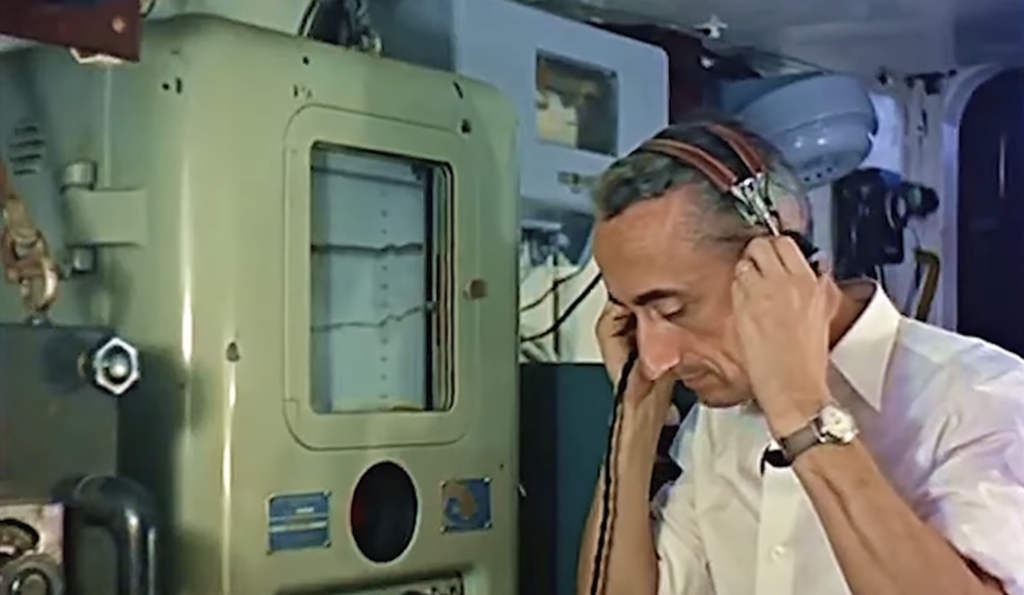
Cousteau was fascinated not only by what he could see underwater but also by what he could hear within this vast blue expanse. Using hydrophones—underwater microphones—he recorded mysterious sounds from whales’ haunting songs to dolphins’ clicks and even coral reefs’ crackling noise.
These recordings revealed that the ocean was alive with communication and activity beyond human perception. His work helped popularize the idea that the ocean was not a “silent world” but a vibrant environment worth protecting for future generations.
Fun Fact: Cousteau once described whale songs as “poetry in motion,” likening their melodies to symphonies performed in a liquid concert hall . Sources: Britannica
12. The Underwater Laboratories
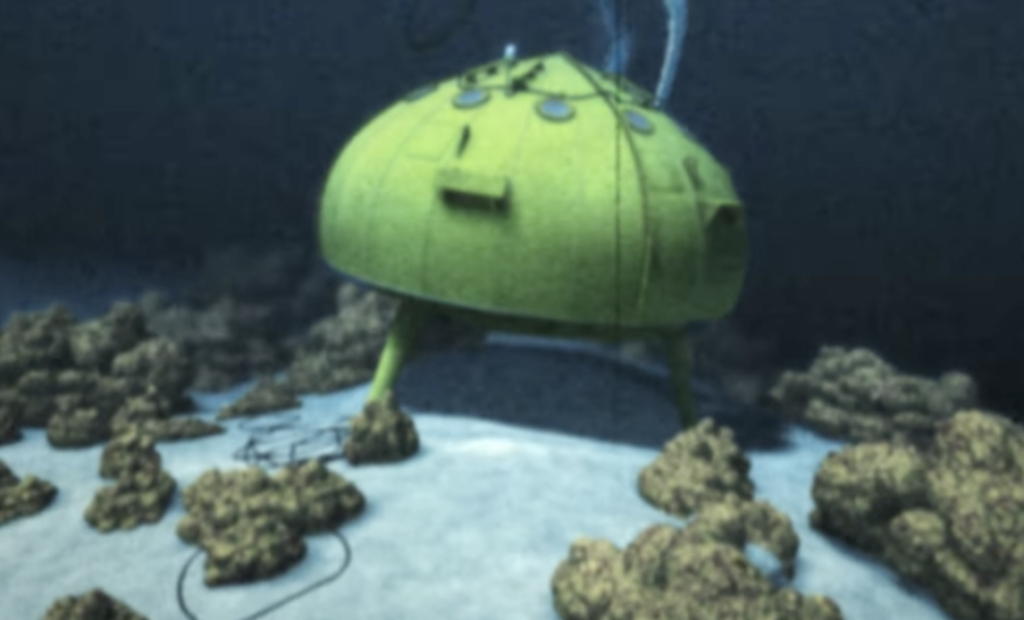
In 1962, Cousteau launched Conshelf I—the first underwater habitat where humans could live for extended periods beneath the sea. Located off Marseille at a depth of 10 meters (33 feet), this experiment allowed divers to stay submerged for weeks without surfacing while conducting scientific research on marine ecosystems.
Conshelf II followed in 1963 at 30 meters (100 feet), complete with living quarters and laboratory facilities designed for long-term habitation under extreme conditions. The most ambitious project came in 1965 with Conshelf III at 102 meters (336 feet), testing human endurance while conducting groundbreaking research on marine biology and diving physiology.
Fun Fact: These habitats inspired modern saturation diving techniques used in offshore oil exploration today! Sources: Engineering and Technology History Wiki
13. Encounters with Marine Giants
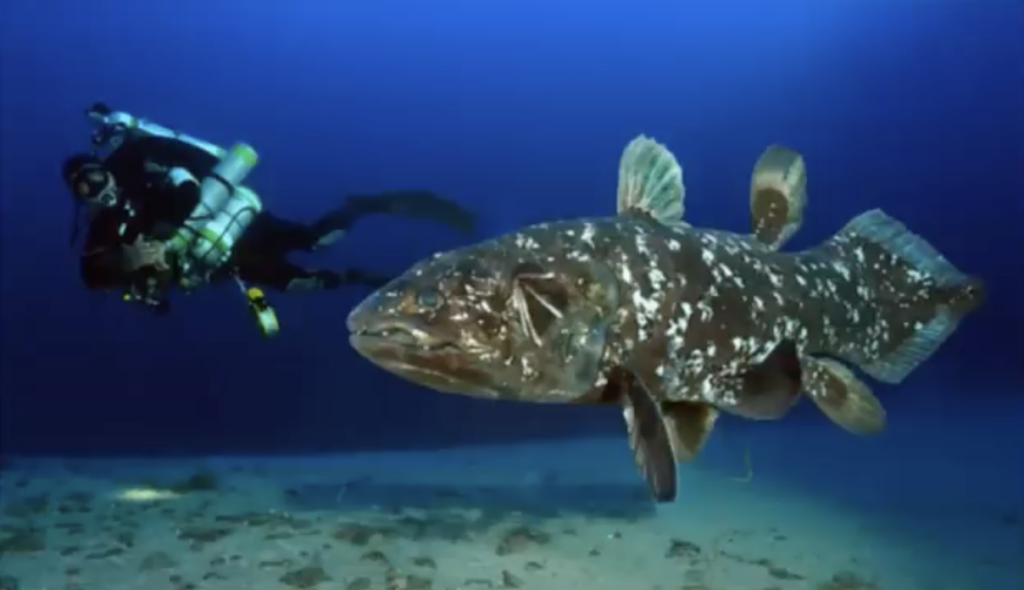
Cousteau’s expeditions often brought him face-to-face with marine giants like whales and sharks during thrilling dives across various oceans worldwide. In one memorable encounter during a Red Sea dive in 1956, his team filmed a grouper so large it earned the nickname “Goliath.” These interactions were thrilling yet educational experiences that highlighted marine biodiversity.
Cousteau believed these creatures were ambassadors of the sea deserving respect and protection from human activities threatening their habitats. His documentaries showcased their grace while raising awareness about threats like overfishing and habitat destruction caused by pollution.
Fun Fact: He once described whales as “poets in a liquid universe,” highlighting their complex communication skills through hydrophone recordings . Sources: Wikipedia
14. Protecting Antarctica: The Silent Continent
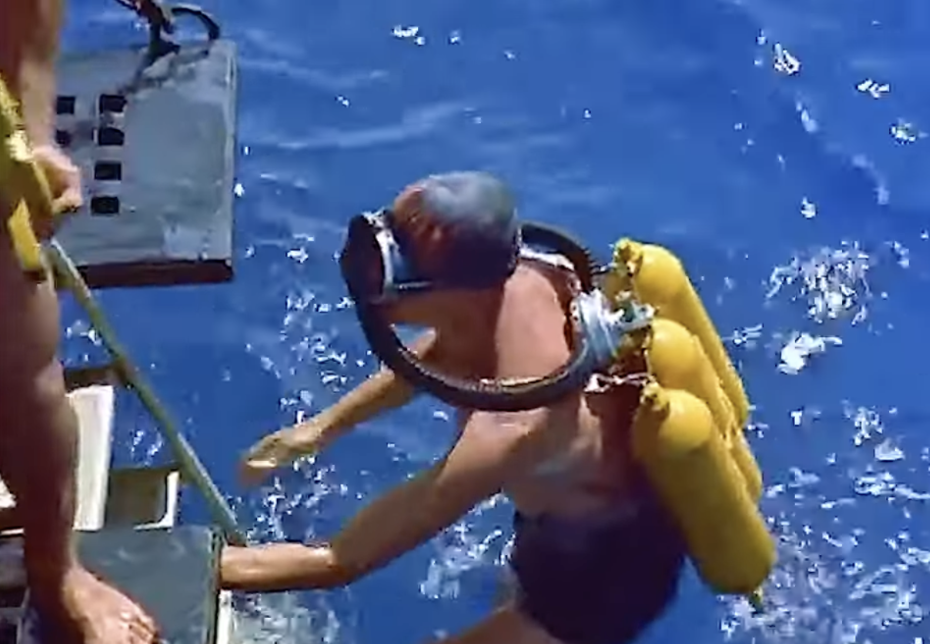
Jacques Cousteau’s expeditions to Antarctica revealed an untouched wilderness he called “the silent continent.” He captured towering glaciers and unique wildlife like emperor penguins while warning about human activity threats such as climate change affecting this fragile ecosystem.
Cousteau became a vocal advocate for polar conservation efforts during his journeys southward, urging governments worldwide to protect Antarctica from mining and overfishing—contributing significantly to international agreements preserving this delicate ecosystem as a natural sanctuary.
Fun Fact: He described Antarctica as “a cathedral” where silence speaks louder than words—a stark contrast to humanity’s noisy impact elsewhere on Earth! Sources: UMSL
15. Filming World Without Sun
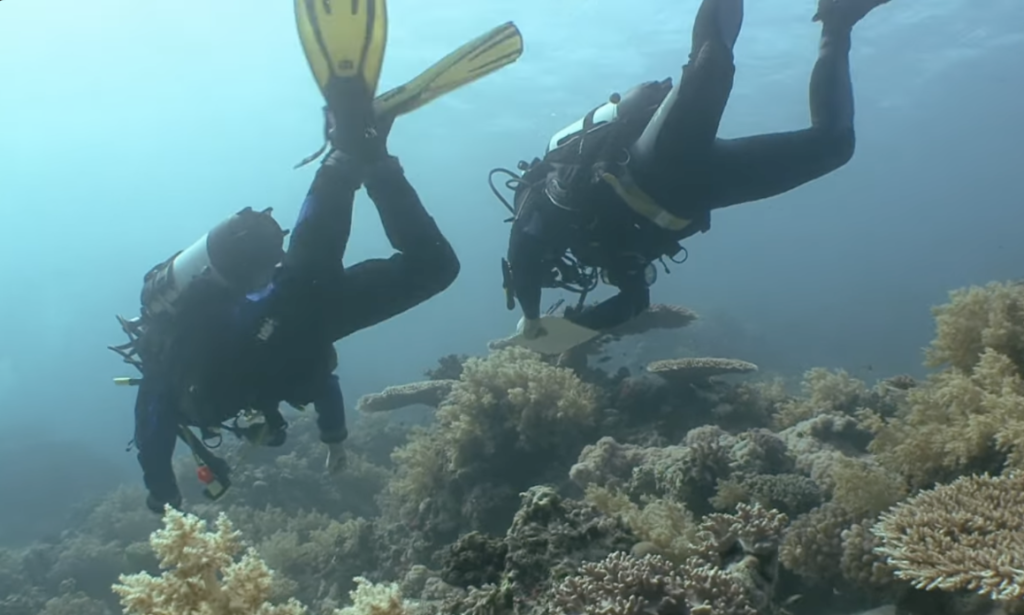
In 1964, Cousteau released World Without Sun, chronicling life aboard Conshelf II—his underwater habitat located 30 meters below surface level in the Red Sea during extended stays beneath waves where scientific research was conducted daily by divers living there full-time.
This documentary won an Academy Award for Best Documentary Feature in 1965 and further cemented Cousteau’s reputation as both an explorer dedicated to understanding our oceans better through science as well as storytelling techniques that captivated audiences everywhere they were shown!
Fun Fact: World Without Sun featured scenes filmed through an observation dome beneath Conshelf II—giving viewers a fish-eye perspective on life underwater! Sources: Wikipedia
16. Fighting Pollution in the Mediterranean
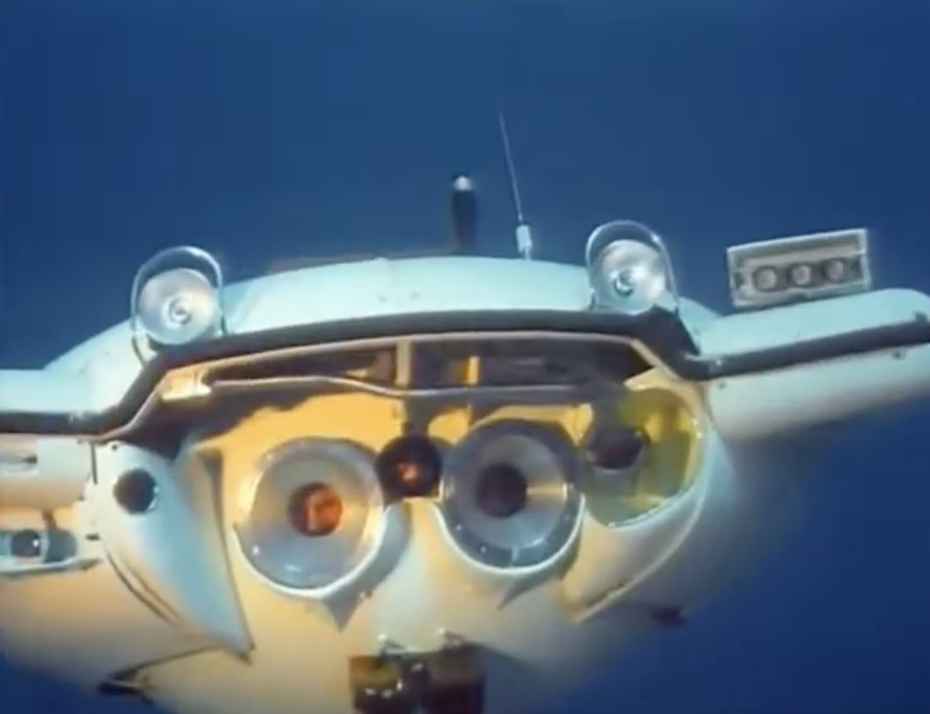
One impactful campaign occurred in 1960 when he successfully stopped France from dumping radioactive waste into the Mediterranean Sea. Alarmed by growing pollution levels in his beloved sea, he organized public awareness campaigns against industrial waste dumping.
This victory marked one of his first major environmental advocacy efforts—demonstrating his commitment not only towards exploration but also blending activism into those pursuits effectively!
Fun Fact: He once said that seeing pollution in the Mediterranean felt like watching “a friend slowly suffocate” . Sources: Britannica
17. The Tragic Loss of Philippe Cousteau
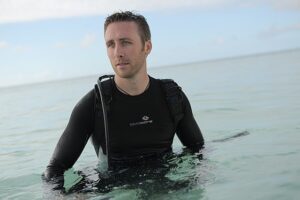
n 1979, Jacques faced one of his greatest personal tragedies when his youngest son Philippe died unexpectedly in a plane crash while piloting a seaplane in Portugal. Philippe had been integral to Calypso’s expeditions as both pilot and filmmaker.
Devastated by this loss, Jacques redoubled efforts to honor Philippe’s memory by continuing their shared mission to protect oceans.
Fun Fact: Philippe’s passion for filmmaking led him co-direct several episodes produced under title “The Undersea World Of Jacques Cousteau” . Sources: Wikipedia
18. Inspiring Generations Through Conservation
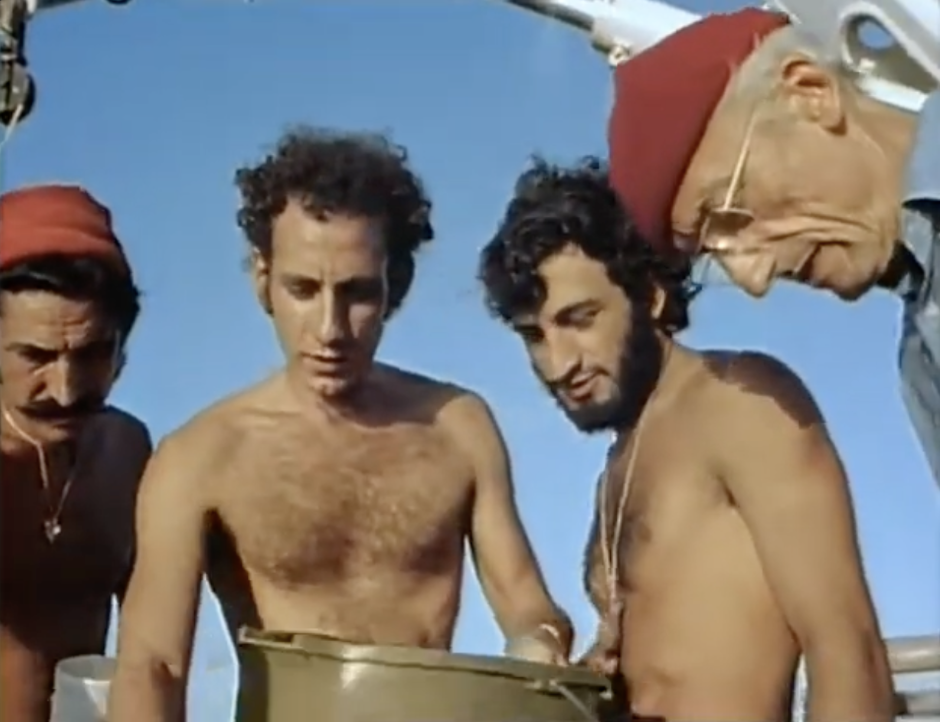
In 1974, Jacques founded The Cousteau Society—a nonprofit organization dedicated specifically towards marine conservation efforts globally through education aimed primarily at protecting endangered species & habitats found within delicate ecosystems needing preservation now more than ever before!
Through this platform he advocated tirelessly advocating protecting endangered species while raising global awareness regarding environmental threats long before they became mainstream issues affecting society today!
Fun Fact: Today—the organization continues its mission under leadership from members directly related family lineage stemming back towards original founder himself! . Sources: UMSL
19. A Family Of Explorers
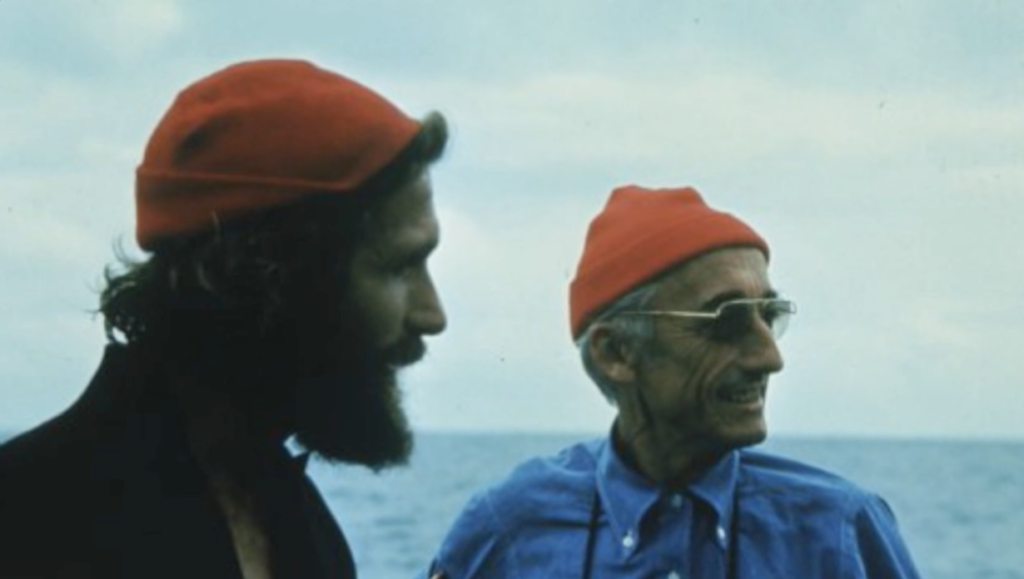
Jacques passed down passion onto children Jean-Michel & Philippe who were integral members aboard Calypso—each contributing significantly toward father’s vision until tragedy struck when Philippe died unexpectedly during plane crash!
Despite devastating loss; family continued working together towards marine conservation initiatives ensuring Jacques’ mission would live on through future generations carrying torch forward across oceans everywhere still needing protection today!
Jean-Michel has produced over eighty films since then advocating environmental protection globally alongside many others joining cause together making difference collectively united front against threats facing planet now more than ever before!
Fun Fact: Jean-Michel continues advocating environmental protection globally through various initiatives aimed directly addressing issues facing oceans today! . Sources: Wikipedia
20.The Controversies Of A Pioneer
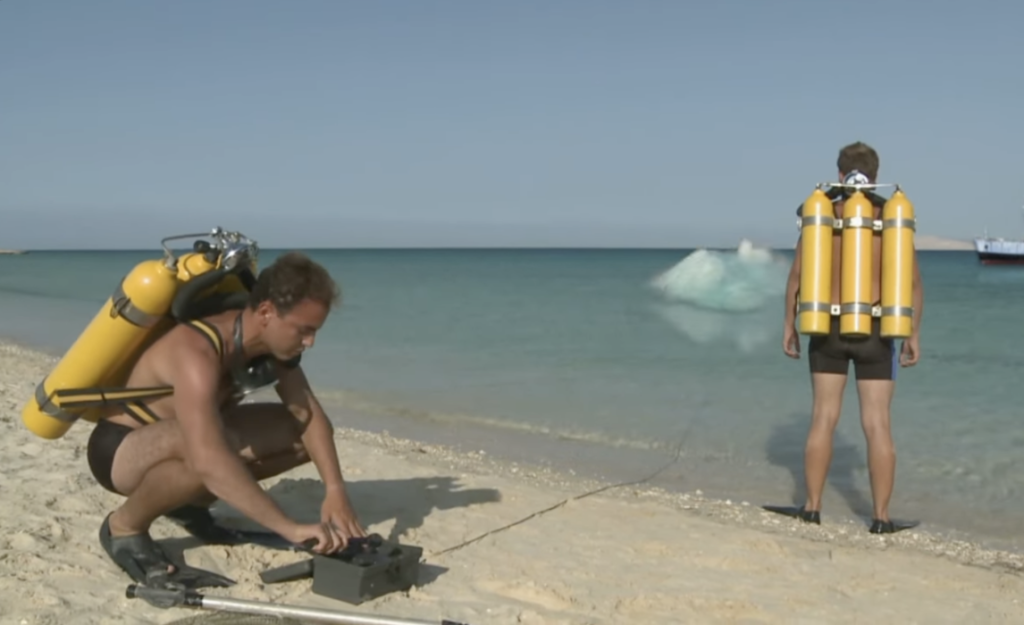
While celebrated widely as pioneer explorer; early works weren’t without ethical controversies; notably during filming The Silent World, which utilized explosives studying marine life occasionally harming ecosystems along way too! These practices though standard back then would be considered unacceptable today!
Acknowledging these missteps transformed him from explorer who disrupted environments into passionate conservationist dedicating later years protecting ecosystems damaged previously due negligence!
Fun Fact: He openly acknowledged mistakes made earlier throughout career journey reflecting upon lessons learned along way towards becoming advocate change instead disrupting environments further! . Sources: Britannica
21.Inspiring Modern Environmental Movement
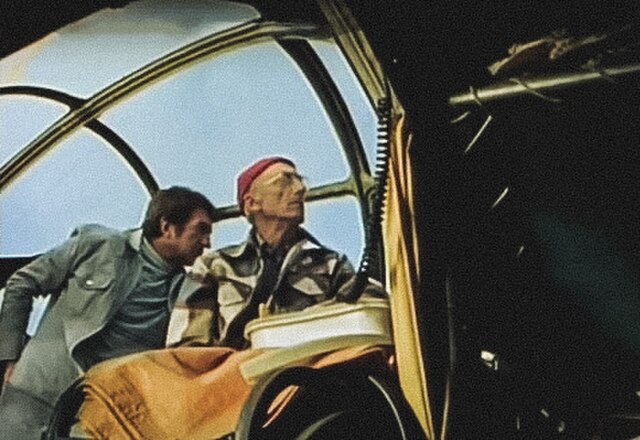
Long before climate change became global concern—Coustaeu warned humanity’s impact on planet through documentaries & books emphasizing interconnectedness between ecosystems critical importance conservation efforts! Through founding nonprofit organization called “Coustaeu Society” back ’74 advocating establishing marine protected areas raising awareness threats against oceans!
His work influenced policies internationally inspiring countless scientists activists policymakers prioritize ecological preservation efforts!
Fun Fact: He received nomination Nobel Peace Prize due advocacy work! Sources: Engineering and Technology History Wiki
22.The Mediterranean’s Tragic Decline
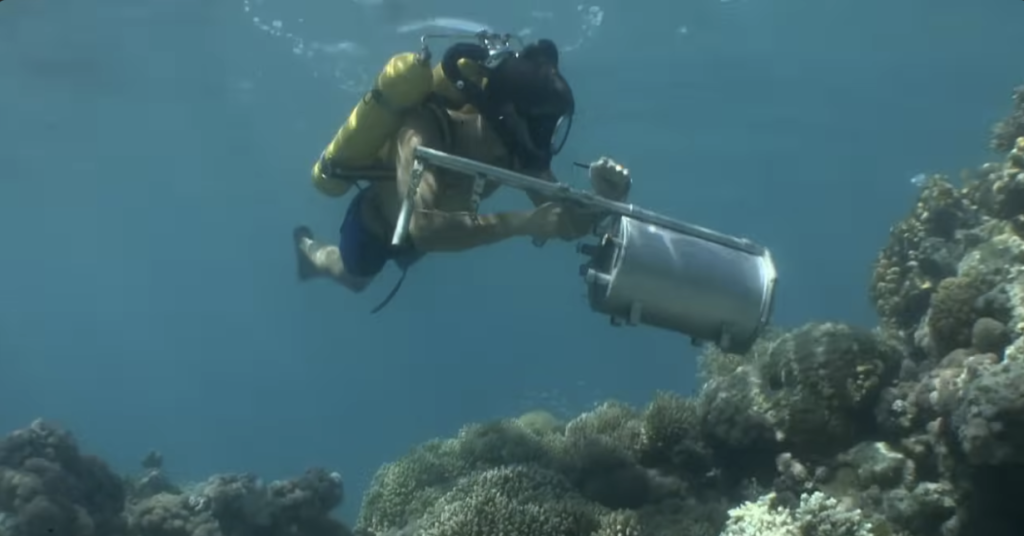
Coustaeu’s beloved Mediterranean Sea became symbol degradation; throughout ’60s documented rapid pollution ecosystem collapse highlighting devastating impacts industrial waste overfishing unchecked human activity culminating landmark victory successfully campaigning against radioactive waste dumping back ’60!
Documentation decline served powerful narrative responsibility towards preserving delicate ecological systems demonstrating how actions destroy environments.
Fun Fact: He referred Mediterranean “dying sea” dedicating significant resources towards preservation efforts! Sources: Study.com
23. Sounds Of Coral Reefs
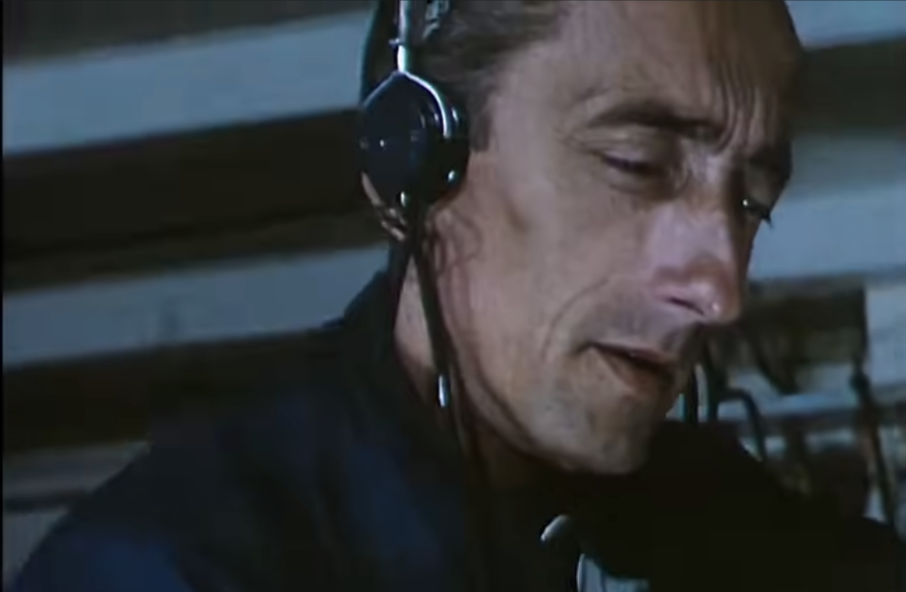
Using hydrophone technologies, Cousteau revealed a “hidden symphony” within ecosystems, recording intricate sounds from corals—such as the crackling of shrimp and complex communication patterns among marine creatures. This groundbreaking work challenged the notion that the ocean was a silent world, providing unprecedented insights into marine behaviors and interactions.
Audio explorations demonstrated that underwater environments are complex, dynamic systems filled with life and communication far beyond human perception vital ecosystems.
Fun Fact: Some recordings revealed that coral ecosystems are as noisy as rainforests! Sources: Wikipedia
24. Fighting To Save Oceans
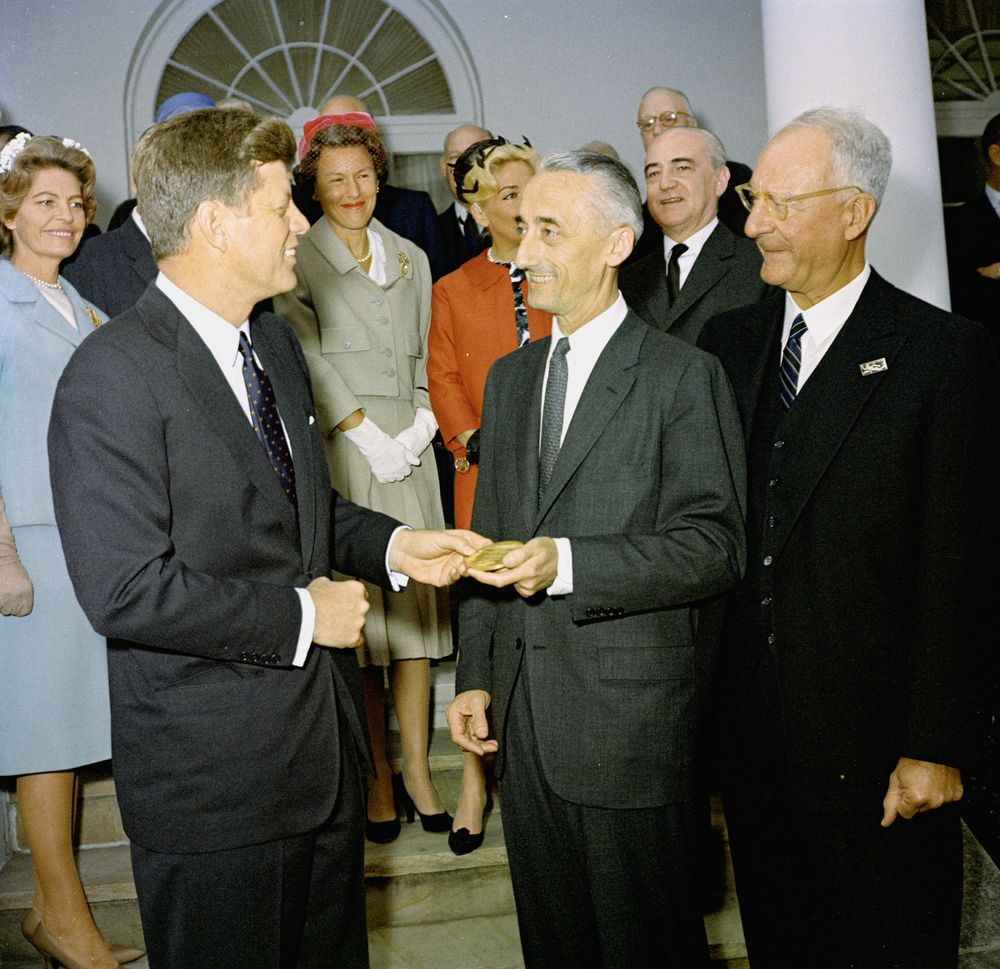
In 1974, Cousteau founded a nonprofit organization known as the “Cousteau Society,” transforming his exploration work into a global conservation movement. The organization advocated for marine protected areas, fought against industrial pollution, and raised awareness about endangered species. Cousteau used his platform to lobby for international policies promoting environmental initiatives.
Advocacy extended beyond documentaries testifying before the United Nations influencing legislation worldwide pivotal figure in the global environmental movement.
Fun Fact: The Cousteau Society has over fifty thousand members spanning forty countries, all dedicated to marine conservation! Sources: UMSL
25. Legacy And Final Years
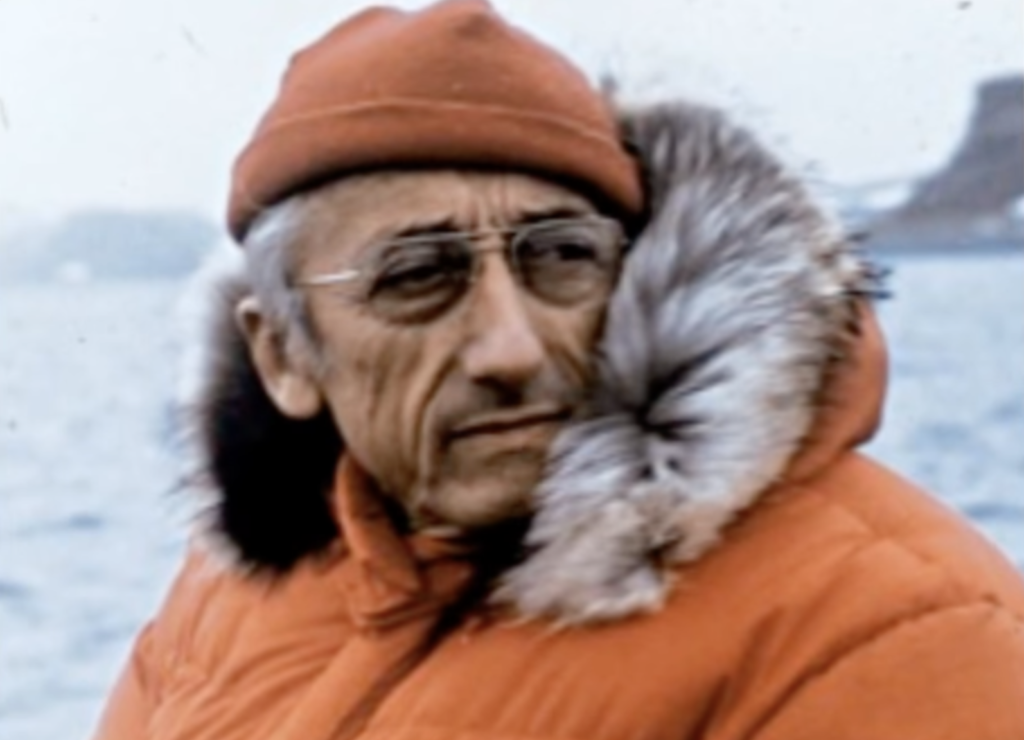
Jacques Cousteau passed away on June 25, 1997, leaving behind an unparalleled legacy conservation work fundamentally changed how humanity perceives understands oceans through inventions films advocacy transforming them priority globally today remains synonymous exploration stewardship family continues mission ensuring vision protecting planet’s precious resource endures!
Cousteau’s family continues his mission, ensuring that his vision for protecting our planet’s precious resources endures. His contributions include more than one hundred twenty television documentaries and fifty books focused on environmental protection.
Fun Fact: He received numerous international honors for his contributions legacy includes to marine science and conservation, including nominations for the Nobel Peace Prize! Sources: Britannica

Jacques Cousteau’s legacy is one of exploration, innovation, and unwavering commitment to protecting the oceans. His groundbreaking contributions to marine science and conservation continue to resonate today, reminding us of our responsibility to safeguard these vital ecosystems. Through his films, expeditions, and advocacy, Cousteau not only opened our eyes to the wonders beneath the waves but also urged us to act as guardians of the sea. As we face ongoing environmental challenges, let us honor his memory by embracing a commitment to conservation and ensuring that future generations inherit a healthy and vibrant ocean.


